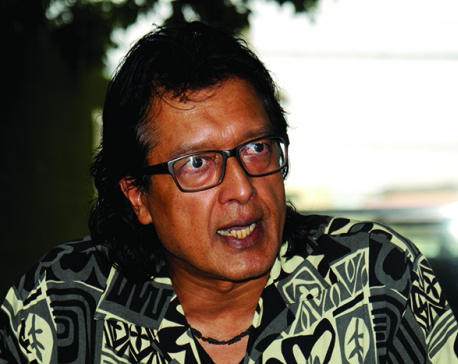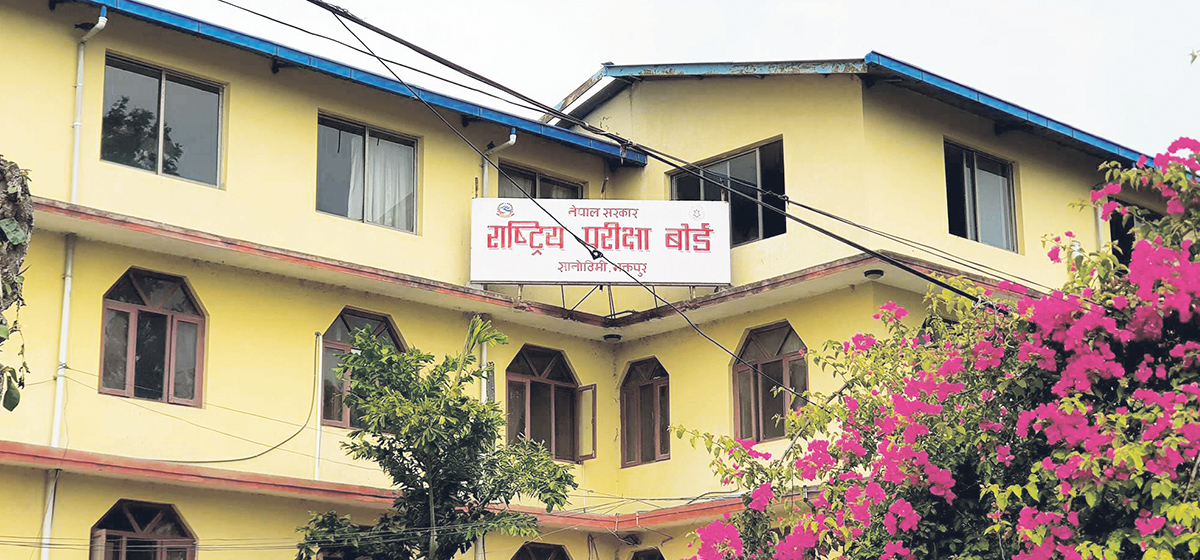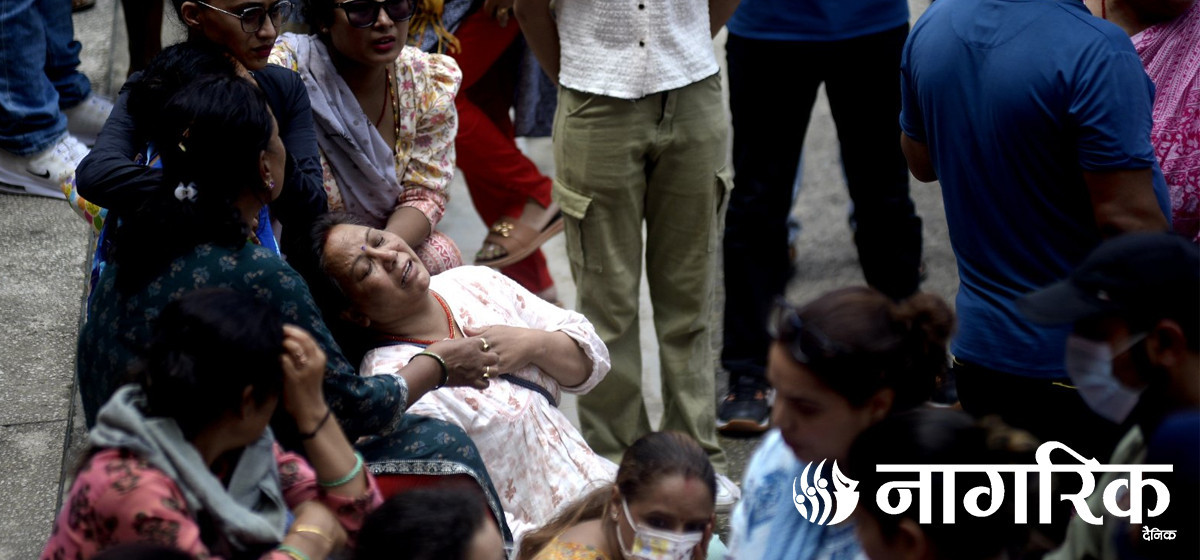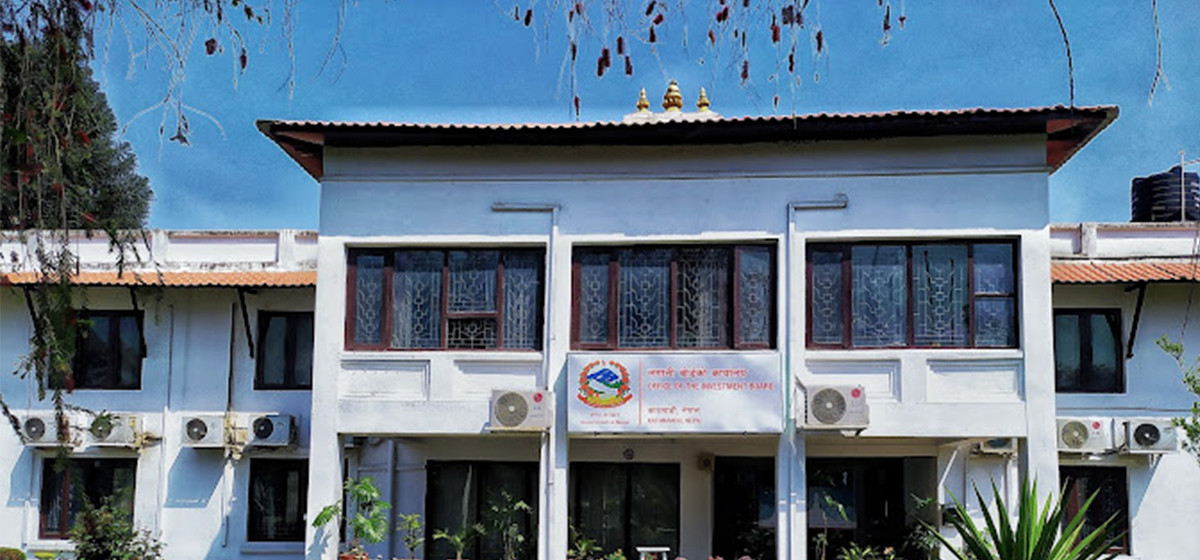
OR
World’s most expensive burger sells for $10,000 for charity in Dubai
Published On: March 19, 2017 05:55 PM NPT By: Agencies

DUBAI, March 19: The world’s most expensive burger has been sold for $10,000 at an auction in Dubai.
The winning bid was made by Asma Al Fahim, founder of Dubai lifestyle magazine Villa 88, for the colossal burger containing seven beef patties; each representing one of the emirates in the United Arab Emirates. The burger also contained aged cheddar cheese alongside veal bacon strips packed in a saffron brioche bun.
Sheikh Mohammed bin Abdullah Al Thani, chairman of the Department of Statistics and Community Development, sold four of his signature burgers, one of which was sold for $10,000.
“Of course, all proceeds will go to breast cancer awareness and free detection at an earlier stage.” said Sheikh Al Thani.
The auction was held at Galeries Lafayette, Le Gourmet in Dubai Mall in the presence of a number of the country’s government officials and public figures.
Seven of emirate’s top chefs and Pink Caravan ambassadors participated in the event to create inventive, pink-themed dishes influenced by Emirati cuisine at their live stations.
Pink Caravan Higher Organising Committee Chairwoman Reem Bin Karam said, “This was an incredible feat for not just the Pink Caravan and its supporters but for everyone who supports a good cause in the world.
“I am happy so many people got together and had such a good time, raising a significant amount of money, which will fuel Pink Caravan’s efforts to raise awareness about early detection of breast cancer.”
You May Like This

'General people are the most used and the most abused entity in our political system'
Most of us have known Rajesh Hamal as an intelligent actor of Nepali film industry, the actor who has played... Read More...

World's most dangerous airport does not have weather forecasting instrument
SOLUKHUMBU, Sept 12: The most dangerous airport in the world – the Tenzing – Hillary Airport located at Lukla of... Read More...

Infographics: Petrol is the most expensive here
Petrol is the most expensive here ... Read More...








Just In
- NRB to provide collateral-free loans to foreign employment seekers
- NEB to publish Grade 12 results next week
- Body handover begins; Relatives remain dissatisfied with insurance, compensation amount
- NC defers its plan to join Koshi govt
- NRB to review microfinance loan interest rate
- 134 dead in floods and landslides since onset of monsoon this year
- Mahakali Irrigation Project sees only 22 percent physical progress in 18 years
- Singapore now holds world's most powerful passport; Nepal stays at 98th










Leave A Comment